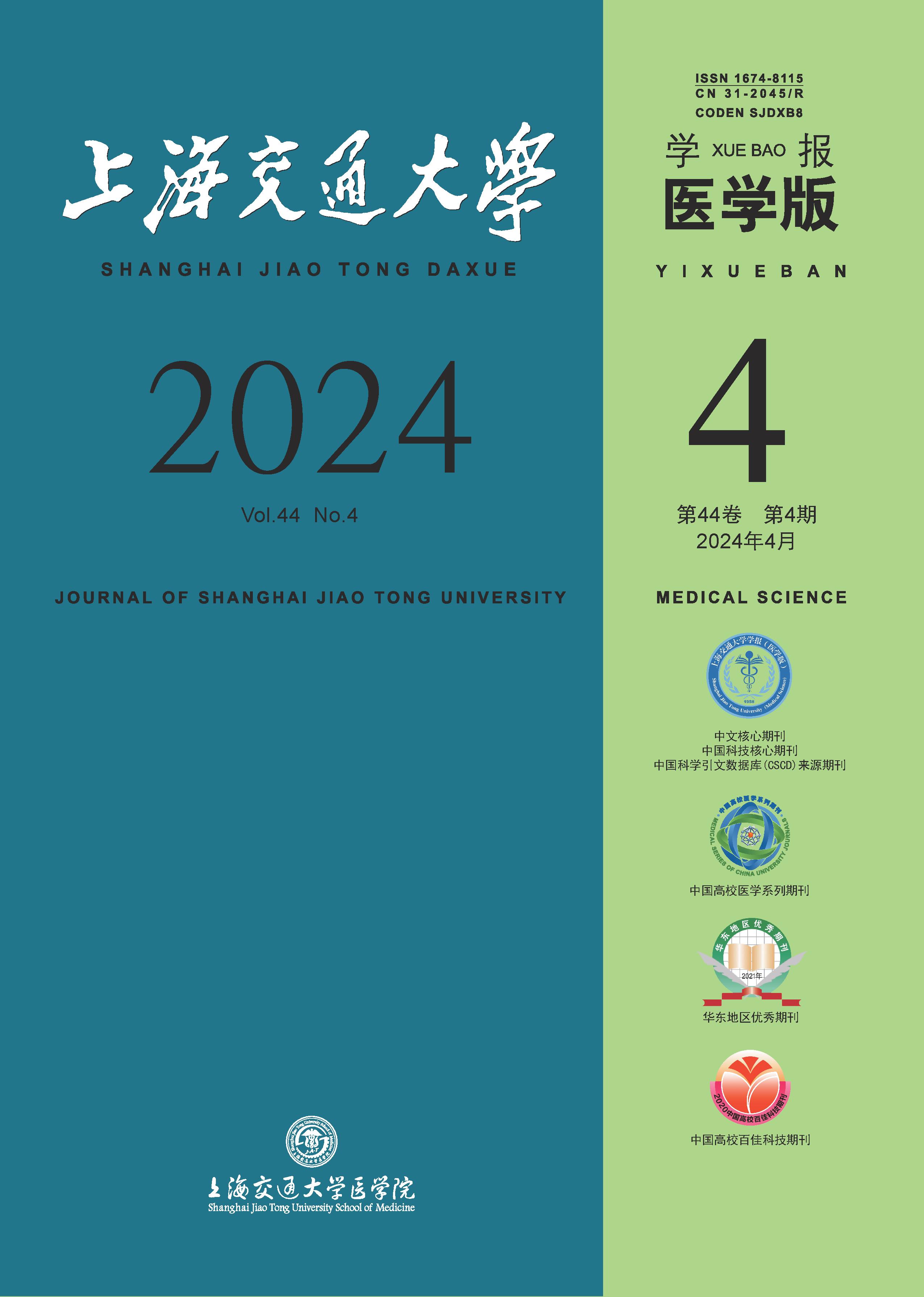Objective ·To systematically integrate relevant influencing factors of advanced cancer patients' engagement behavior in advance care planning (ACP). Methods ·The systematic search of Chinese and English literature on factors influencing ACP engagement behavior in advanced cancer patients from inception to December 2022 in China National Knowledge Infrastructure (CNKI), Wanfang, China Biomedical Literature Database (Sinomed), PubMed, Cochrane Library, Embase, CINAHL, and PsycINFO was conducted. After the literature quality evaluation, content extraction and summary were conducted by two researchers, and the data of quantitative research and qualitative research were extracted and integrated respectively. The final influencing factors of ACP engagement behavior of advanced cancer patients were obtained. With the help of the theoretical domain, they were mapped to the capability, opportunity, motivation-behavior (COM-B) model step by step. Results ·A total of 21 studies were included and 27 factors were summarized, including 9 theoretical domains. Mapping to the COM-B model included 9 capability factors (knowledge of ACP, education level, accurate knowledge of prognosis, knowledge of the time of disease diagnosis, prior experience, subjective life expectancy, age, cancer site, and disease symptom burden), 13 opportunity factors (gender, marital status, race/ethnicity, religious belief, dependent children, family economic condition, place of living, housing type, family support, social support, doctor-patient relationship, acculturation, and whether or not to establish a hospice service center) and 5 motivational factors (ACP attitude, ACP belief, ACP motivation, anxiety and depression, and death attitude). Among them, doctor-patient relationship, religious belief, ACP attitude, educational level, marital status, family support, knowledge of ACP, accurate knowledge of prognosis, age, place of living, attitude toward death, prior experience, and race/ethnicity were more influential factors on ACP engagement behavior. Conclusion ·Based on the COM-B model, the influencing factors of ACP engagement behavior in advanced cancer patients can be comprehensively summarized. Future studies can use the above factors as an entry point to design continuous, multifaceted, and comprehensive interventions based on the COM-B model to promote the practice of ACP engagement behavior in advanced cancer patients.

